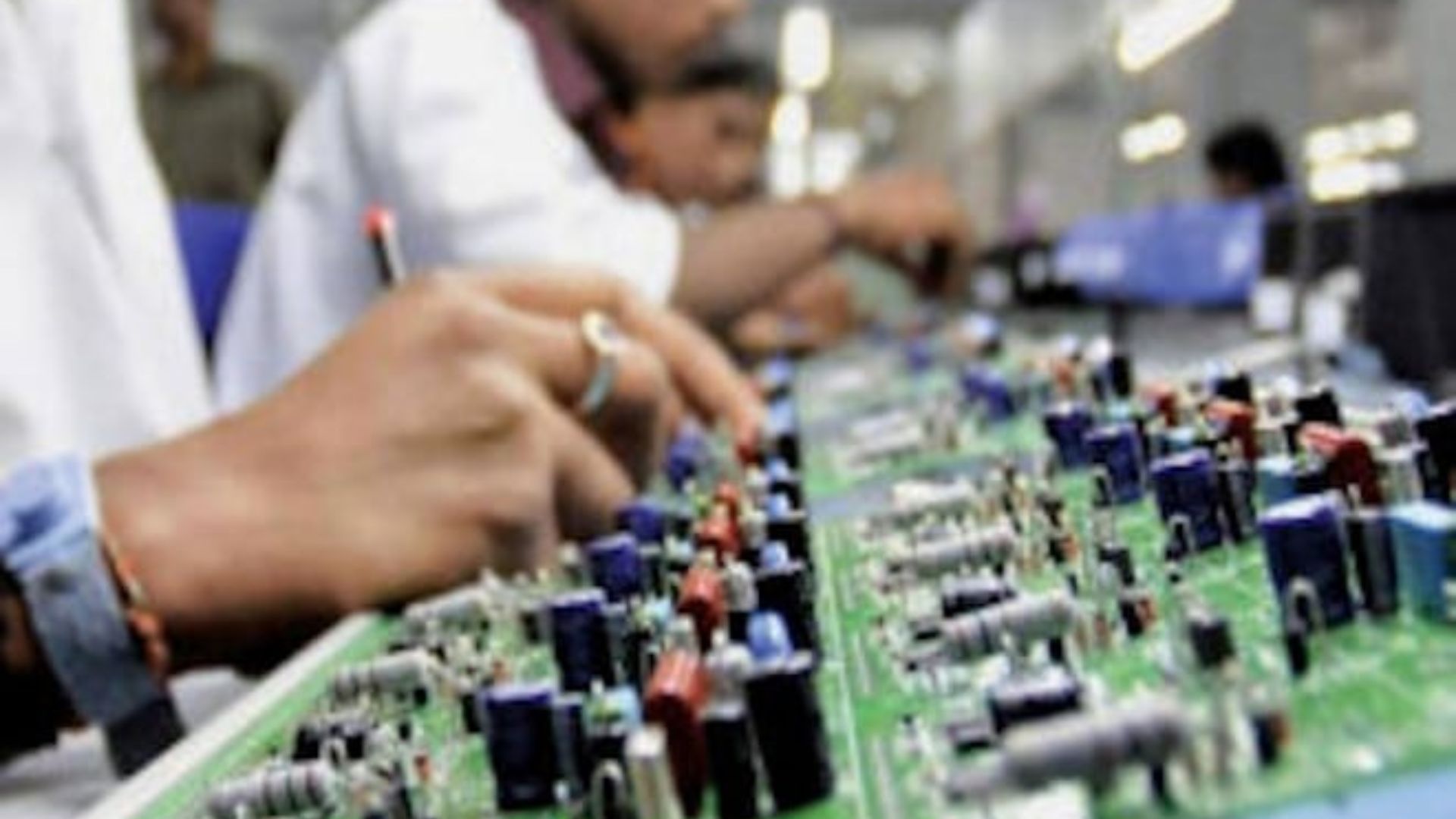India has navigated a remarkable journey in the realm of electronics manufacturing, transitioning from a primarily local participant to a significant global player. The evolution of India’s role in this sector reflects a confluence of factors—economic reforms, technological advancements, policy initiatives, and a mushrooming market demand—that have propelled the country into a pivotal position in the global electronics landscape.
In the not-so-distant past, India was largely viewed as a consumer of electronic goods, heavily reliant on imports to meet domestic demands. However, recognizing the potential of the electronics industry and the disruptions faced in supply chains during the Covid-19 era, the government initiated a series of reforms and policy measures aimed at fostering indigenous manufacturing and attracting foreign investments. The key moment arrived with the introduction of the ‘Make in India’ campaign, which sought to transform India into a manufacturing hub across various sectors, including electronics.
One of the critical components of India’s transformation has been its focus on creating an enabling environment for electronics manufacturing. The implementation of initiatives like the Production-Linked Incentive (PLI) Scheme specifically targeted the electronics sector, offering financial incentives to companies manufacturing electronic components and products within the country. These incentives played a pivotal role in attracting global technology giants to set up manufacturing units in India.
Moreover, the government’s emphasis on skill development and fostering innovation through programs like Skill India and Start-up India has bolstered the country’s capabilities in designing and developing cutting-edge electronic products. This focus on nurturing talent and fostering an entrepreneurial ecosystem has further propelled India’s evolution in the electronics sector.
India’s journey to becoming a key player in electronics manufacturing has also been underpinned by the rise of the local market. The country’s burgeoning population, characterized by a tech-savvy and digitally connected demographic, has created a substantial domestic demand for electronic devices. This burgeoning market not only attracts manufacturers but also serves as a testbed for innovation and product development tailored to local preferences. Furthermore, India’s strategic geographical location and its growing network of free trade agreements have positioned it as an attractive destination for companies looking to establish manufacturing bases, serving both the domestic market and facilitating exports to neighbouring regions.
The shift towards local manufacturing has not only reduced the dependency on imports but has also paved the way for India to emerge as a global exporter of electronic goods. The country’s capabilities in manufacturing smartphones, consumer electronics, and components
have gained international recognition, leading to an increase in exports and a reduction in the trade deficit in the electronics sector.
Looking ahead, India’s trajectory in electronics manufacturing appears promising. With ongoing efforts to enhance infrastructure, strengthen supply chains, and promote research and development, India is poised to solidify its position as a global powerhouse in the electronics industry. However, challenges such as infrastructural gaps, technological upgradation, and global competition remain, necessitating continuous innovation and strategic collaborations to sustain and augment this growth trajectory.
As the country continues on this trajectory, leveraging its strengths and addressing challenges, it is set to play an increasingly influential role in shaping the future of the global electronics industry.
The author is the Director Operations – Veira Group.










